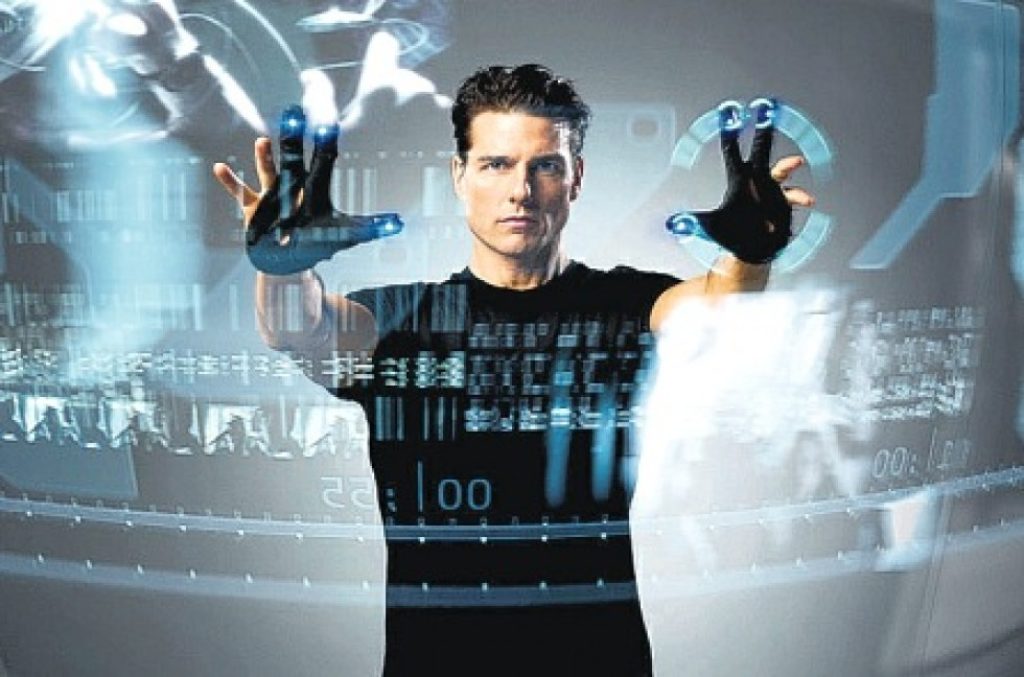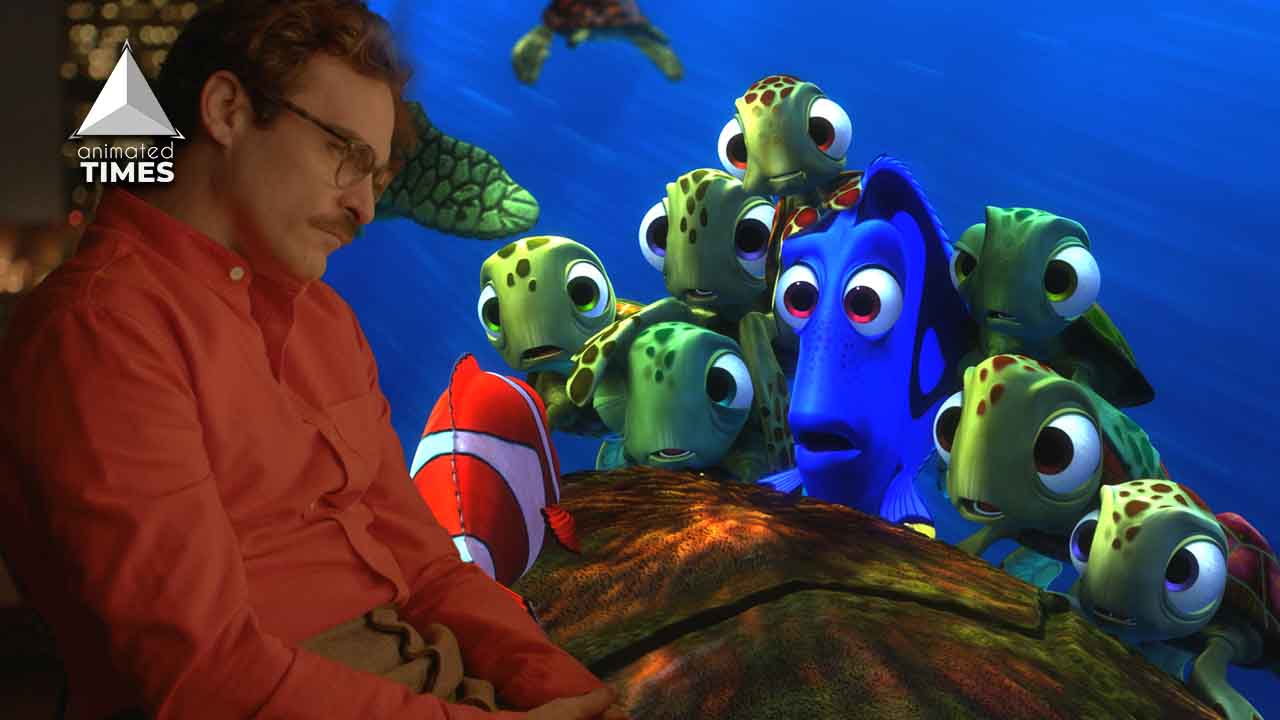5 Unexpectedly Accurate Scientific Movies
When it comes to science fiction and actual science, the two do not always seem to agree; in fact, they appear to be in conflict fairly frequently. Authors and directors of science fiction will take certain (usually restricted) ideas and suggestions from real-world research and then come up with outlandish speculations and hypothetical futures that are not supported by the science that inspired them.
That isn’t inherently a bad thing; after all, it’s called fiction. However, every now and again, filmmakers will contact genuine experts and get so many things right that the scientific community and spectators alike would be pleasantly surprised.
1. Finding Nemo (2013)

Although it may come as a surprise to fans of the film, the animators and writers for Finding Nemo conducted an extensive study in order to provide moviegoers with the scientifically correct animation they saw in 2003. No, the talking fish and seagulls are not scientifically correct.
The team behind the renowned Pixar film engaged advisors like marine scientists to help them create the sea vegetation, swimming mechanics, and even fish social interactions. Surprisingly, tropical fish (e.g., clownfish) do occasionally end up in Sydney Harbour during the summer after being pushed away by the East Australian Current.
2. Her (2013)

While the concept of a self-aware A.I. is not novel in the sci-fi zeitgeist, Spike Jonze’s Her is based on some extensively researched theoretical physics that might very well become a reality in the coming decade.
Ray Kurzweil, a prominent computer specialist, and futurist praised the film’s science, claiming that the concept of a “human and beloved” software program is totally realistic and not far-fetched; nonetheless, a program like Samantha is unlikely to exist until about 2029. Other features of Her, such as the cursing computer game avatar and small facial cams, might arrive much sooner.
3. Contact (1997)

Contact was an adaptation of Carl Sagan’s sci-fi novel, the only one of his career, and was widely regarded as one of the most scientifically accurate films ever made. Contact us about the search for alien indications of life and what happens when they are discovered via space communication.
Radio waves are employed, precisely as SETI uses, and the story is based on true physics or Sagan’s opinions on where actual theories may go. The extraterrestrials in Contact communicate using mathematics, as scientists believe they would.
4. The Andromeda Strain (1971)

The Andromeda Strain, based on Michael Crichton’s 1969 novel of the same name, follows a group of scientists as they examine a deadly extraterrestrial infection that is unwittingly released in a New Mexico village. While the movie’s plot was dismissed as implausible, extraterrestrial microbes may reach Earth and infect people under certain conditions.
If this were the case, organisms would be completely unprepared to reject the bacterium, resulting in something akin to the film’s depiction. Some considered the Andromeda Strain to be fear-mongering in 1971, but scientists have now shown that microorganisms can thrive in the fatal expanse of space.
5. Minority Report (2002)

Based on Philip K. Dick’s short tale “The Minority Report,” Spielberg’s sci-fi thriller first looked to be just another action background for Tom Cruise, but it quickly gained a cult following. Minority Report, which takes place in 2054 (which seemed far away in 2002), was facilitated by Spielberg obtaining assistance from numerous specialists to construct the film’s sci-fi future, in which law enforcement has the ability to predict crimes.
While beta versions of the pre-crime procedures are now being evaluated in the United States (which sounds fairly alarming), some of the film’s other technologies are already in use (e.g., retinal scanners, motion-trailing computer interfaces, and personally targeted advertising).





